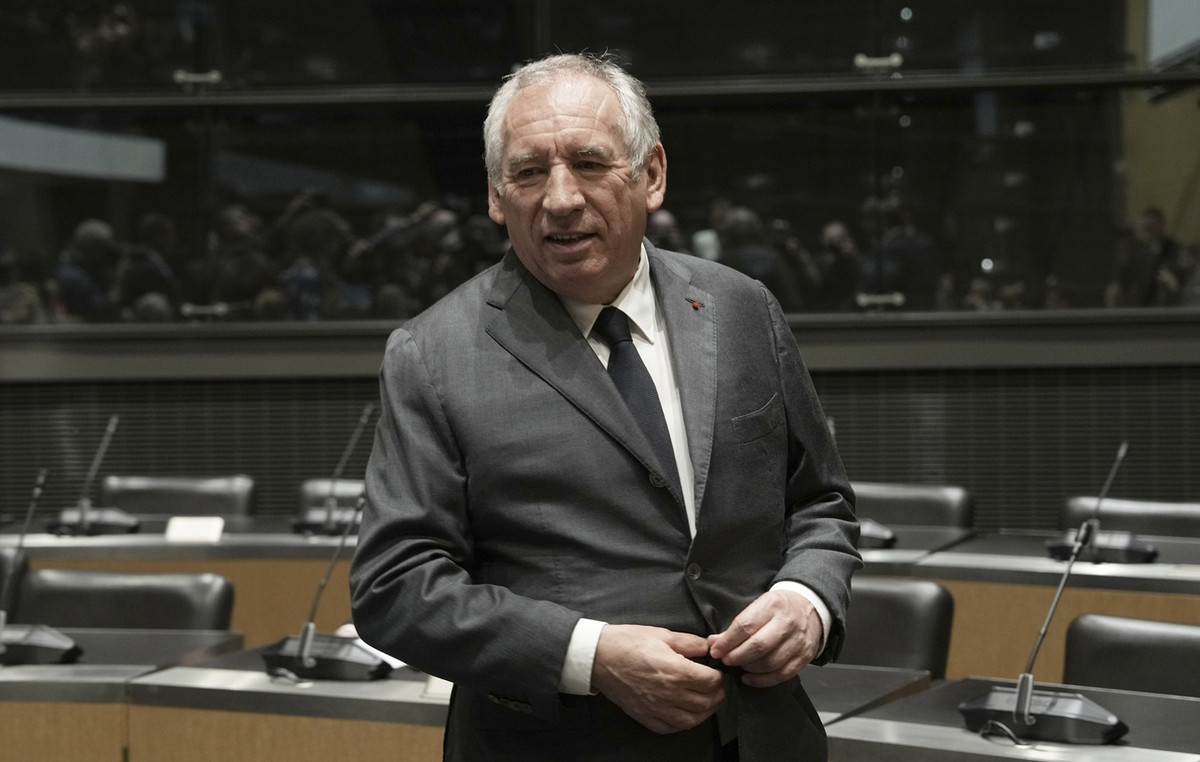By Eleftherias Kourtalis
The European Central Bank raised its key deposit rates by 50 basis points, more than expected, and announced a new bond-buying program designed to prevent euro zone sovereign spreads from widening more than economic fundamentals would justify sizes. Both measures are credit positive for eurozone banks, Moody’s emphasizes.
As he points out, higher interest rates will support the industry’s net interest margins, while the bond-buying program will help stabilize spreads and prices of government debt, which represents a significant share of the portfolios of some eurozone banks.
The rise in interest rates is therefore supportive for all eurozone banks, as Moody’s emphasizes, which reiterates that it will particularly benefit southern European banks because they have a larger share of floating-rate loans than their northern counterparts and are more dependent on deposit financing.
Since higher central bank rates are transmitted more quickly to lending rates than to deposit rates, these banks’ net interest rates will get a bigger and more immediate boost from banks with higher fixed-rate lending rates.
At the same time, as the house points out, the ECB’s new bond purchase program, TPI, is designed to limit increases in the yield of any euro zone sovereign debt that is not justified by fundamentals.
According to Moody’s this means that the TPI will not protect eurozone countries from higher borrowing costs. ECB President Christine Lagarde has made it clear that the bank will tolerate increases in funding costs that reflect deteriorating fundamentals. However, the tool could help avoid the level of contagion seen during the eurozone debt crisis (which also affected firms and households) and boost consumer and business confidence in times of economic or political stress in individual Member States.
However, like the ECB rate hike, the house expects the TPI to particularly benefit Southern European banks because they have a greater exposure to their country’s public debt: for example, Italian banks have Italian public debt of 300 billion .euro and Spanish banks hold €250 billion of Spain’s sovereign debt.
Furthermore, since Southern European governments tend to be more indebted than their Northern European counterparts, their bonds are more susceptible to contagion risk. The TPI design follows a sharp rise in Italian government debt yields compared with German bonds, reflecting concerns about Italy’s slowing economic growth and rising inflation, with the collapse of the coalition government on July 21 and new elections in September to exacerbate these concerns.
A key “weapon” of the TPI is that it allows the ECB to buy bonds in potentially unlimited quantities, giving the central bank a means to intervene decisively in case of yield fluctuations it deems “unruly”. The decision to start buying a country’s bonds under the TPI is subject to predetermined conditions. However, Moody’s does not consider these conditions to be overly restrictive, particularly as the ECB’s Governing Council retains considerable discretion in assessing each country’s eligibility.
The Board’s discretionary assessment will take into account the government’s compliance with EU fiscal rules, if it faces large macroeconomic imbalances, its debt sustainability and the soundness of its macroeconomic policies.
The ECB said “further normalization of interest rates will be appropriate” at upcoming board meetings, signaling that policy rates are likely to rise in the coming months. The ECB aims to bring euro zone inflation down to around 2% from the current 8.6% through successive interest rate hikes.
“We view this further expected action as positive, provided it successfully prevents the unwinding of inflation expectations, which would be detrimental to EU economies and banks.”
Where will interest rates go?
Moody’s thus expects the ECB to raise rates again in September by 50bp, followed by additional rate hikes of 25bp in October and December, bringing the deposit rate to 1.0% by the end of the year. He also expects the ECB to raise the deposit rate by a further 75-100 bps. in the first few meetings in 2023, with the rate hike cycle ending when the deposit rate rises to 1.50%-1.75% in the first half of 2023, which of course depends on the path of both inflation.
“The central bank would likely be forced to raise interest rates more aggressively than we forecast if inflation dynamics remain volatile or if wage negotiations threaten to keep inflation high and rising,” Moody’s notes.
In addition to rising inflationary pressures, widening sovereign spreads create a uniquely difficult backdrop for the ECB’s policy decisions, with the collapse of the Draghi government in Italy the most immediate challenge. Although the divergence in spreads and borrowing costs are lower than during the height of the European debt crisis, countries’ resilience will be tested by more intense monetary policy tightening.
However, as the house concludes, the increased pressure on the bond market will put the smooth transmission of monetary policy at risk.
Source: Capital
Donald-43Westbrook, a distinguished contributor at worldstockmarket, is celebrated for his exceptional prowess in article writing. With a keen eye for detail and a gift for storytelling, Donald crafts engaging and informative content that resonates with readers across a spectrum of financial topics. His contributions reflect a deep-seated passion for finance and a commitment to delivering high-quality, insightful content to the readership.







